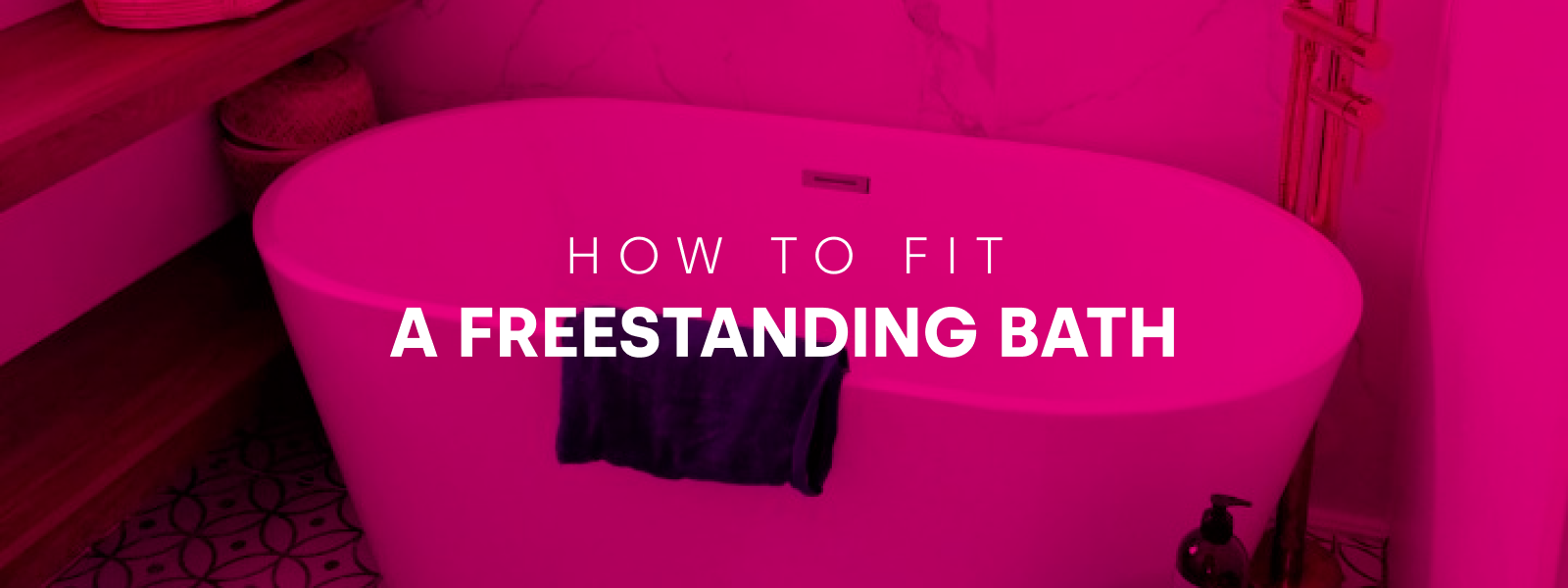
Freestanding baths aren’t just functional elements of your bathroom. They’re features in their own right. Many are visually stunning and enhance the character of the ENTIRE room.
But how do you fit a freestanding bath? That’s the question we answer in this in-depth guide.
Main Components Of A Freestanding Bath
Freestanding bath vendors will usually supply freestanding baths with all the kit you need to install them. Unlike fitted baths, you can place freestanding baths wherever you like in your bathroom, so long as you already have the supporting plumbing in place.
Most freestanding baths kits will supply the following components:
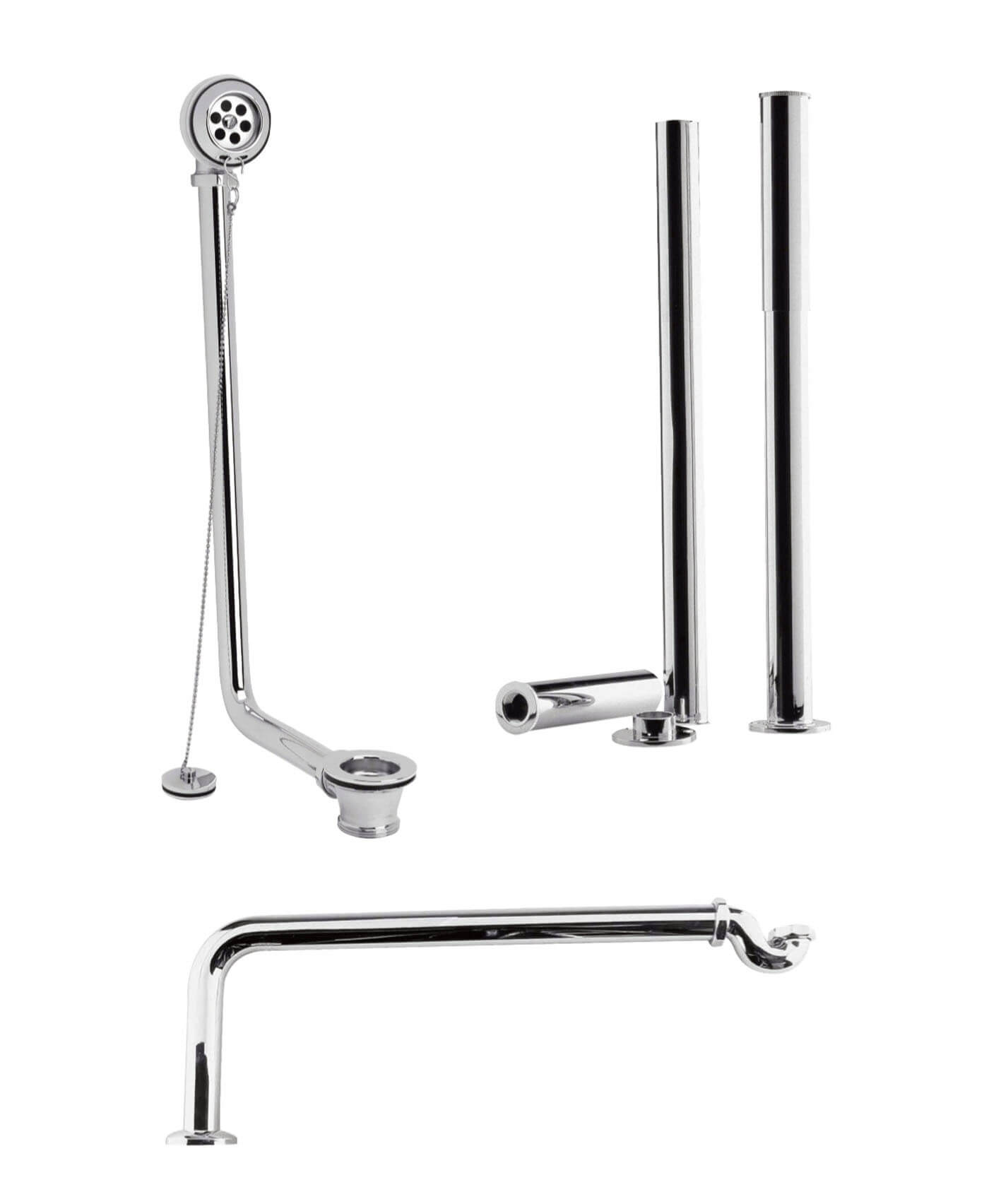
- - Bathtub (the main unit of the bath).
- - Bath surround panel (if applicable)
- - Panel brackets (to hold the bath surround in place)
- - Feet assembly (if your freestanding bath has feet that connect to the main body of the tub)
In addition to these core components, there are also several available methods for filling the bath:
- Using a conventional dual faucet supplying both hot and cold water from the mains supply with overflow (and with or without pop-up waste mechanism).
- Using a deck-mounted faucet with overflow (and pop-up valve if required), again connected to the mains. Deck mounting allows for mixer taps, allowing you to set the temperature of the water as it comes out of the tap head.
- Connecting a wall-mounted shower valve supplying both hot and cold water to a cool-fill spout waste assembly.
This guide refers to the second of these methods, however, material differences between the first two are small.
Tools For Fitting A Freestanding Bath
The tools you need to fit a freestanding bath are:
- - Silicone putty
- - Plumber’s putty
- - Caulk
- - Damp cloth
- - Cleaning supplies
- - Spirit level
- - Blanket
- - Electric screwdriver
- - Tape measure
- - 32mm tank cutter
- - Wooden blocks

Fitting Guide
In this section, we provide a step-by-step guide, covering everything you need to know about fitting a freestanding bath.
Step 1: Tick Off Everything On Your Bath-Fitting Checklist
Before you install a freestanding bath, you’ll need to ensure that you can accommodate it. Here’s what you need to check:
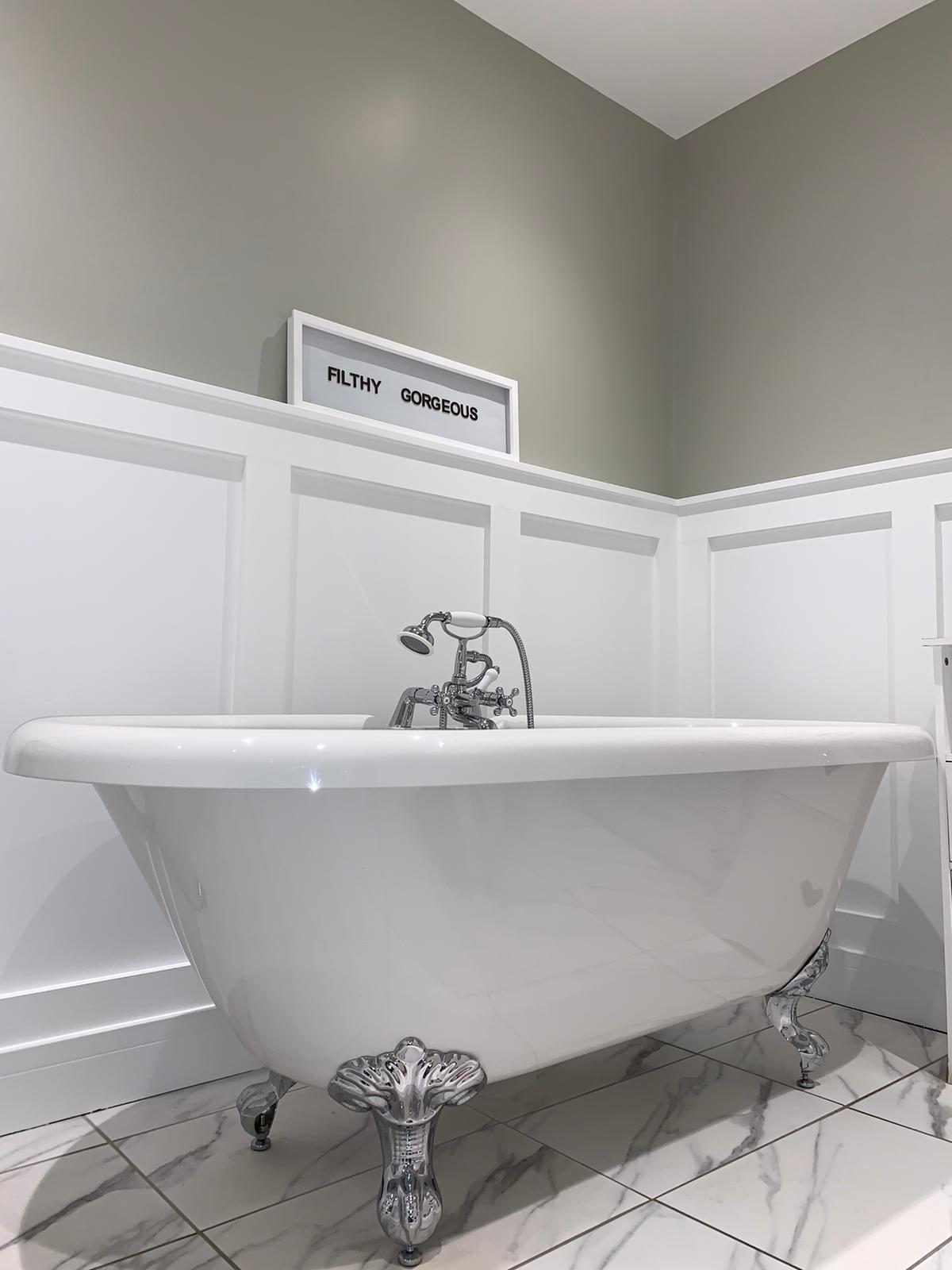
- - That the floor is level. Use a spirit level if necessary
- - That the mains water supply is switched off
- - That the necessary plumbing is already in place before you fit the bath
- - That you can carry the bath into your bathroom without damaging any of the existing fittings. Usually, this means you need to remove your old bath first
- - That your floor is able to support the weight of the bath. Structural strength could be an issue if you are installing a heavy stone bath upstairs
Step 2: Place The Bathtub In The Right Spot
Once you’ve ticked off all those items, the next step is to place the bathtub in the right spot - the perfect location in your bathroom. Remember, with freestanding baths, you can place them anywhere in the room, including right in the centre.
Step 3: Tip The Bath Onto Its Front
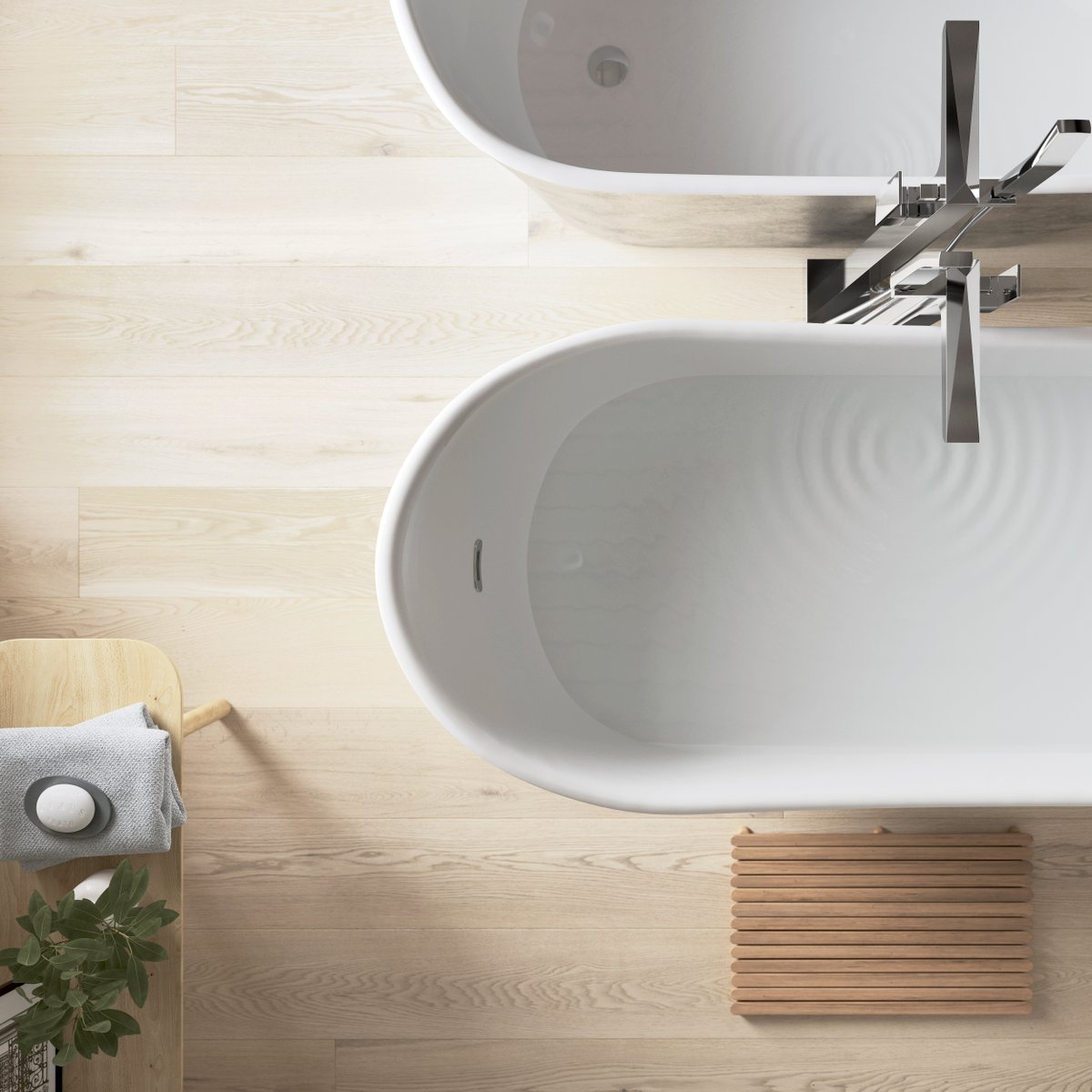
Once you’ve decided where you’d like the bath to go, place a blanket on the floor and then tip the bath upside down. Be gentle while doing this to avoid cracking or damaging the bath.
Step 4: Fit The Foot Assembly
Many freestanding baths come with foot assemblies. These are usually adjustable for a level finish, even if your bathroom floor is uneven. If your freestanding bath does not have a foot assembly, you can move on to the next section.
Typically, foot assemblies are a leg frame that goes until the bath, connected to a foot bolt and rubberised foot. In simple designs, you can adjust the foot height by screwing and unscrewing it into the foot bolt. It then locks into place with a locking nut.
In most cases, you won’t get the foot height right the first time around, but you can easily adjust it.
Once you have assembled the leg frame and legs, the next step is to fit the entire assembly to the underside of the bath.
Most manufacturers will supply you with the bolts you need. Use an electric screwdriver to drive all the bolts into their allotted holes.
Only use the bolts supplied by the bath vendor. Longer bolts could damage the bath.
Step 5: Adjust The Feet Height To The Panel
Some freestanding baths come with a panelled surround. Your freestanding bath may not have one, in which case you can skip this section.
If your bath does have a panelled surround, you need to ensure that the height of the bath matches that of the panel. The manufacturer of the bath will usually supply the required extension of the feet. (For instance, 550 mm).
Take a spirit level and place it across the two feet attached to the foot assembly. Then, with the bath still upturned, use a tape measure to measure the distance between the floor and the bottom of the feet. If the feet are not the correct height, continue to unscrew or screw them until they are, making sure that you extend both by the same amount using the level. Then, tighten any locknuts.
Step 6: Fit Sprung Clips To Bath Rebate
Freestanding baths typically feature a rebate - a curved section that forms a lip around the top of the bath. Bath surrounds fit into this section, held in place by sprung clips.
With the bath upturned, scan it for wooden blocks. Fit sprung clips to these blocks following the manufacturer’s instructions.
Step 7: Place The Panel In Its Final Position And Mark The Floor For The Panel Fixing Brackets
The next part of the process is to place the panel in its final position and mark the floor for the panel fixing brackets. In addition, make sure that any plumbing fixtures do not conflict with the panel hardware.
Step 8: Fix Panel Brackets To The Floor
Move the panel out of the way and fit the brackets to the floor using a screwdriver, ensuring that they are in the correct position.
Step 9: Fit The Mixer On The Waste
Next, place the bath on wooden blocks so that you have easy access to the underside, the plumbing, and the area where the mixer faucet will go.
When fitting the mixer, always apply masking tape to the surrounding area. Next, attach the 32mm tank cutter to your electric screwdriver. Mark the centre points of the mixer tails on the bath rim (either side of the waste) and then use the 32mm tank cutter to cut the holes in the correct position.
Peel back the protective masking tape from around the surround where you fit the bath mixer so you don’t trap it or make it hard to remove. Then secure the mixer to the rim using the supplied fittings.
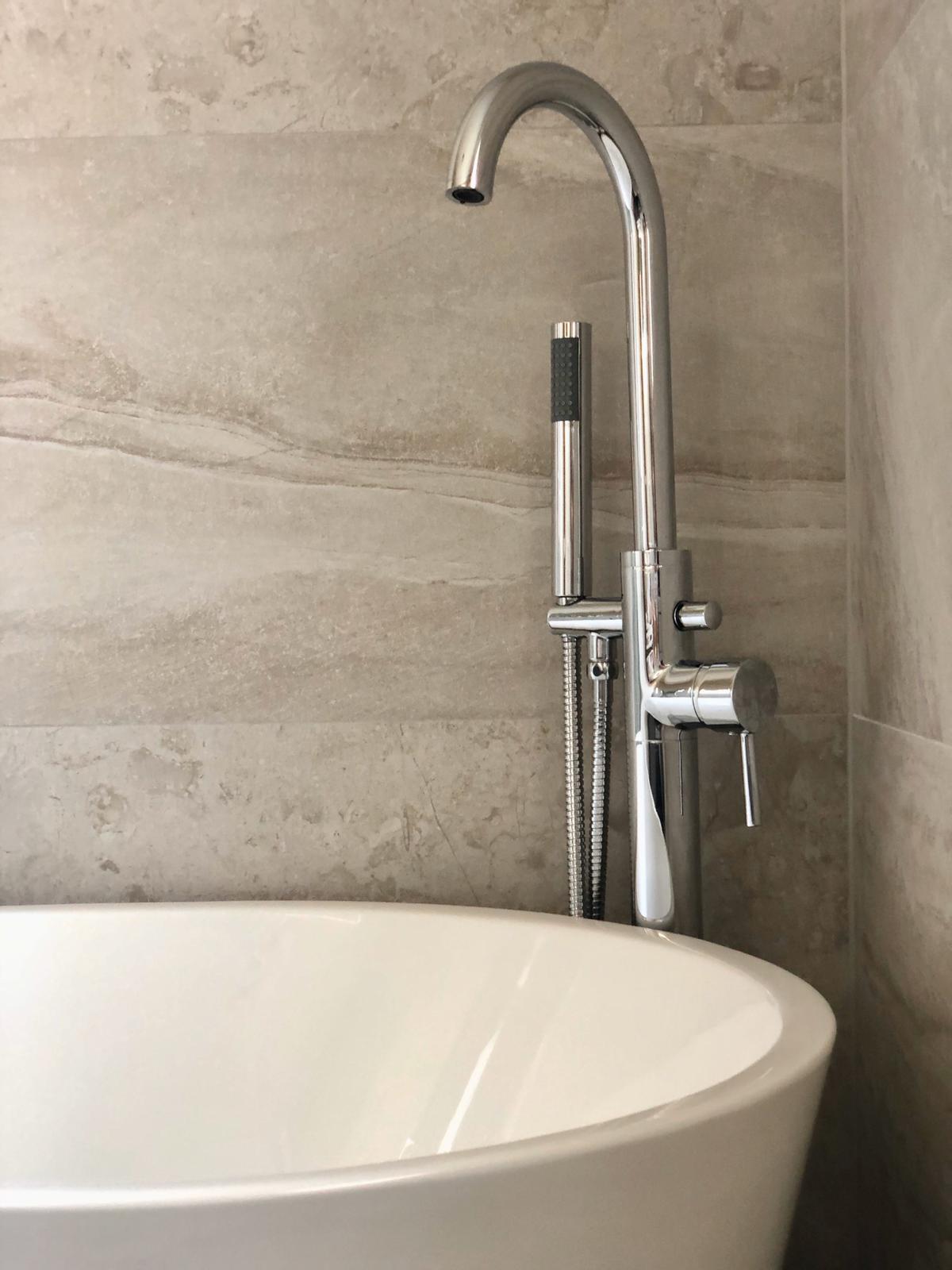
Step 10: Fit The Pop-Up Waste And Connect To The Bath Waste
Fit the pop-up waste to the hole in the bathtub and then connect it to the bath waste on the floor.
If you are struggling, you can use a flexible-extension bath trap to move the pipe into the precise position you need.
Step 11: Connect The Supply Pipes To The Mixer
Next, connect the supply pipes to the mixer. Usually, manufacturers will supply flexible copper connectors to make this process easier.
Check that the plumbing is working properly with a wet test. Ensure there are no leaks.
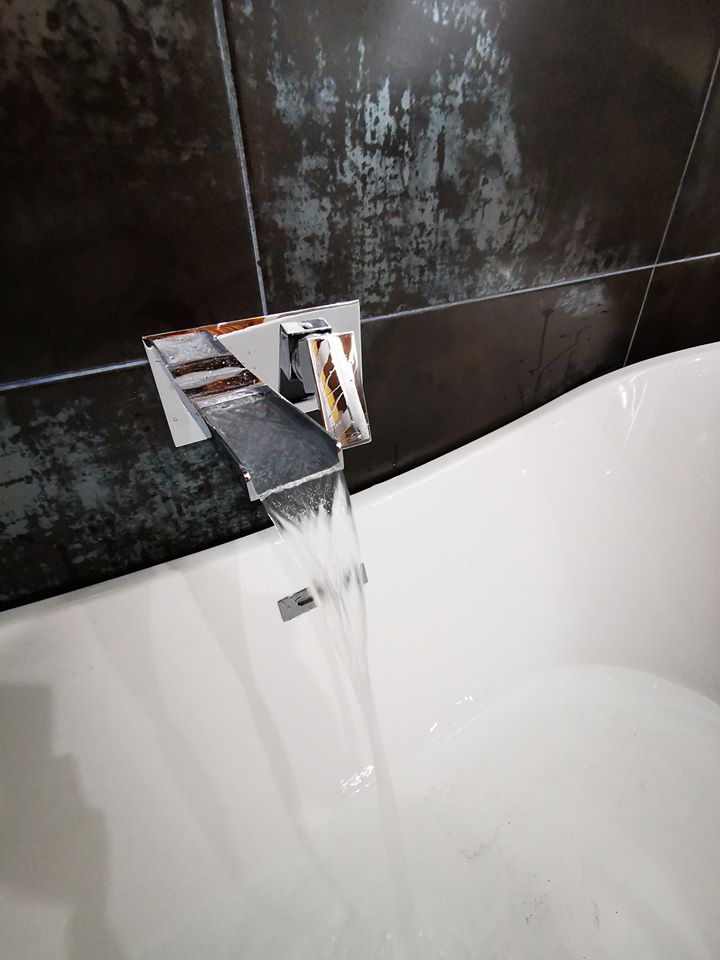
Step 12: Place The Tub In The Panel
Next, disconnect the bathtub from the waste and mixer supply pipes and slot the bath into the panel surround. Then, while raising the entire assembly on wooden beams, reconnect the waste and mixer supply lines.
Remove the wooden blocks and then slide the panel with the bathtub until it slots into the floor brackets. Then apply silicone caulk around the base of the panel and the flooring to keep water out.
Different Types Of Freestanding Baths
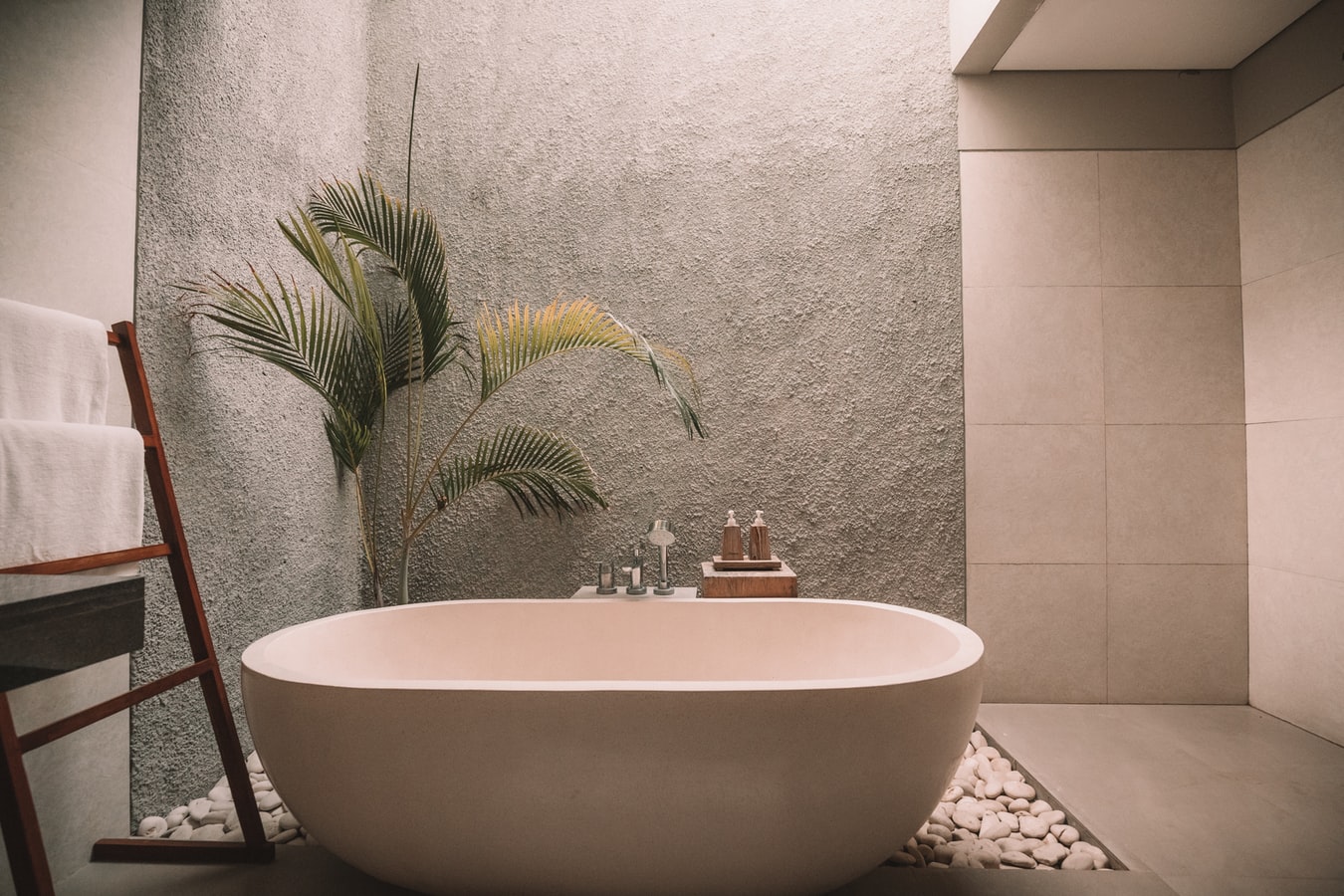
The above guide is a comprehensive list of instructions for fitting the most labour-intensive freestanding baths. However, there are dozens of different designs available, many of which don’t come with a panel at all. As mentioned earlier, some units use the tub itself as the outer shell and feature large, ornamental legs.
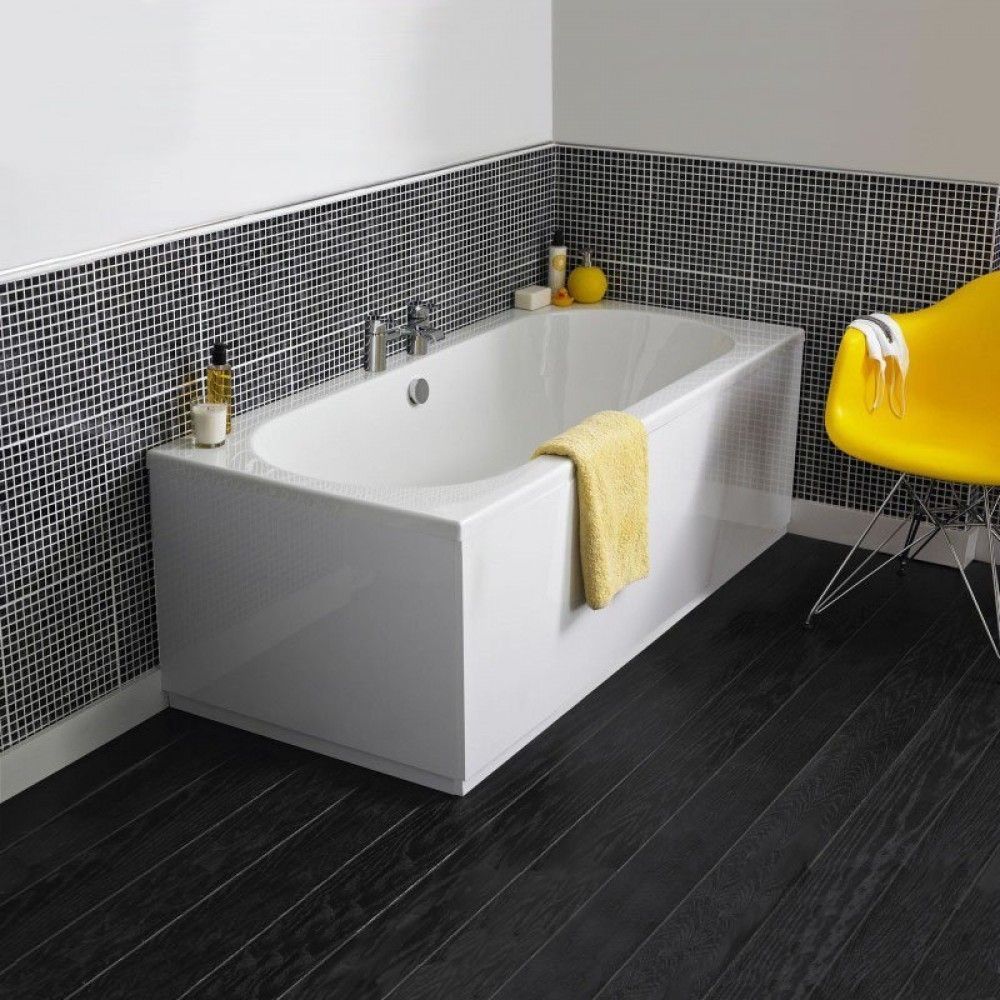
Other baths don’t have legs at all. Instead, they have flat bases and sit on the floor like any other piece of bathroom furniture. Plumbing comes up to the mixer either externally or sometimes through an internal cavity. Flat-base baths may have clips to hold them in place on the floor, or they may not.
Wrapping Up
In this article, we tried to provide as many instructions as possible, covering all types of setup. You may find, however, that setting up your freestanding bath is much easier. Freestanding baths without panels, for instance, don’t require so many fittings or steps. Those without adjustable feet are even easier to install. In some cases, all you need to do is fit the waste and mixer assemblies to the mains plumbing, and that’s it.
